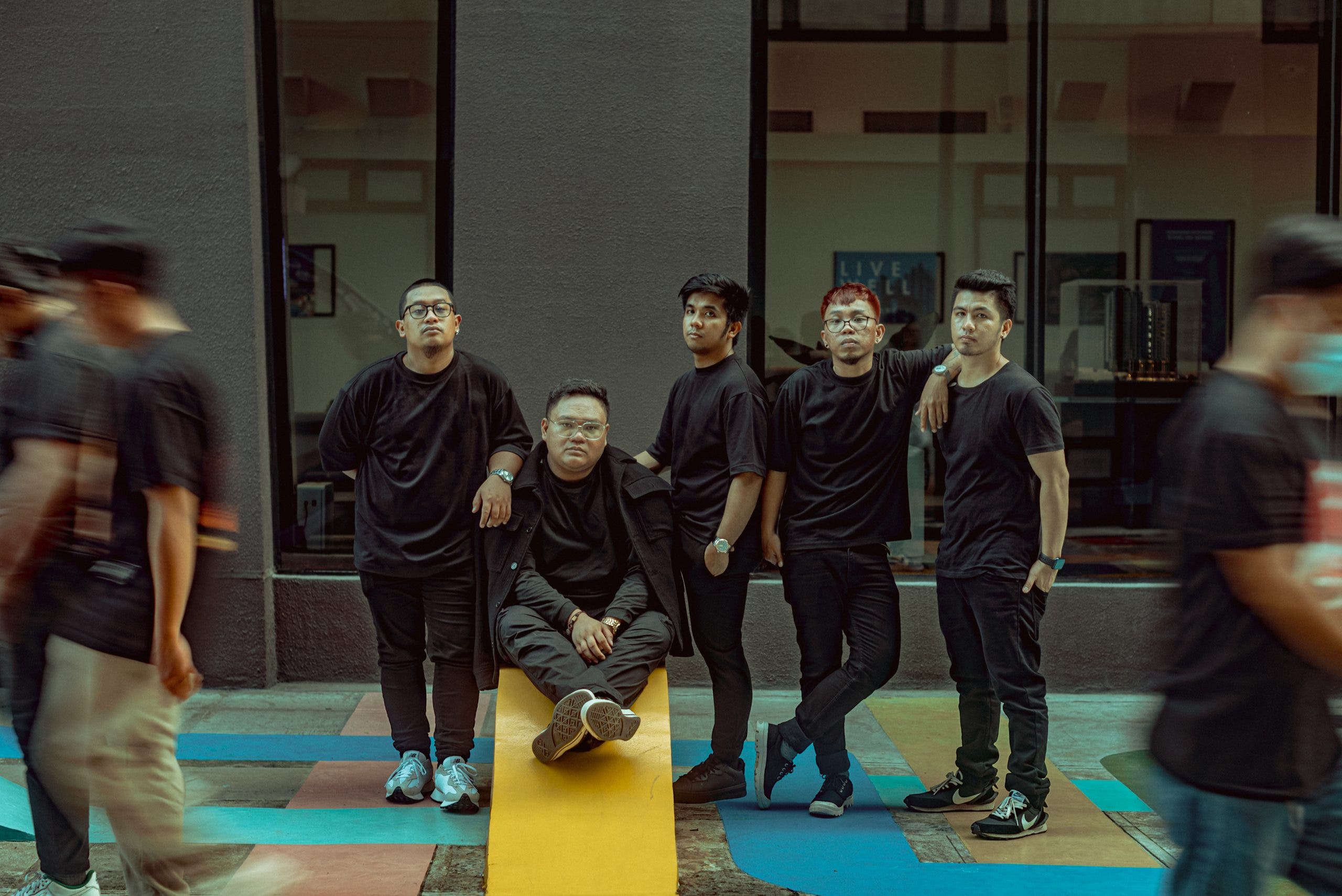

Oxford Academic is home to a wide variety of products. View the institutional accounts that are providing access.View your signed in personal account and access account management features.Some societies use Oxford Academic personal accounts to provide access to their members.Ĭlick the account icon in the top right to: See below.Ī personal account can be used to get email alerts, save searches, purchase content, and activate subscriptions. Some societies use Oxford Academic personal accounts to provide access to their members. If you do not have a society account or have forgotten your username or password, please contact your society. Do not use an Oxford Academic personal account. When on the society site, please use the credentials provided by that society.If you see ‘Sign in through society site’ in the sign in pane within a journal: Many societies offer single sign-on between the society website and Oxford Academic. Society member access to a journal is achieved in one of the following ways: If you cannot sign in, please contact your librarian. If your institution is not listed or you cannot sign in to your institution’s website, please contact your librarian or administrator.Įnter your library card number to sign in. Following successful sign in, you will be returned to Oxford Academic.When on the institution site, please use the credentials provided by your institution.Select your institution from the list provided, which will take you to your institution's website to sign in.Click Sign in through your institution.Shibboleth / Open Athens technology is used to provide single sign-on between your institution’s website and Oxford Academic. This authentication occurs automatically, and it is not possible to sign out of an IP authenticated account.Ĭhoose this option to get remote access when outside your institution. Typically, access is provided across an institutional network to a range of IP addresses. If you are a member of an institution with an active account, you may be able to access content in one of the following ways: Get help with access Institutional accessĪccess to content on Oxford Academic is often provided through institutional subscriptions and purchases. Through this model minority identity, ethnic leaders attempted to transform Chinese Americans into ethnic minorities and integrate them into mainstream America. Moreover, they observed Confucian ideas such as filial piety and gender hierarchy. By redefining womanhood, ethnic leaders rearticulated their ideal Chinese American: women and men who were equipped with certain cultural traits such as middle-class gender ideals, higher education, and work ethics that promoted economic success. These activities turned contestants into ethnic celebrities. Another requirement was to appear in the events sponsored by their family associations. Contestants had to participate in various festival events: in addition to competition night, they had to attend a coronation party, a fashion show, and ride on a parade float.


were the highlight of the contemporary Chinese New Year Festival. Ethnic beauty pageants such as Miss Chinatown U.S.A. In 1958, seventeen contestants from California, Illinois, New York, Massachusetts, Florida, and Connecticut came to San Francisco to compete for the first national “Miss Chinatown U.S.A.” beauty pageant, held at the Great China Theatre in Chinatown.


 0 kommentar(er)
0 kommentar(er)
